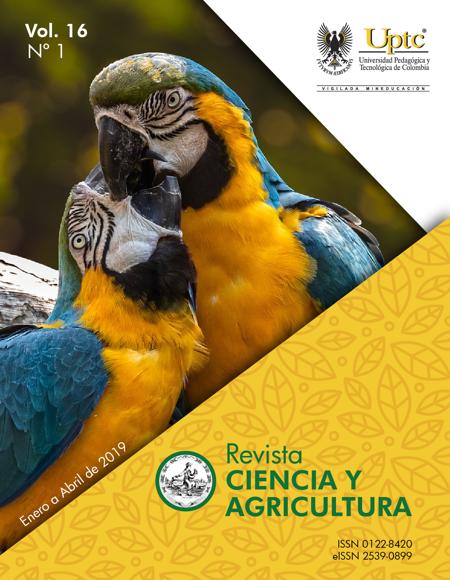Guatiní: A Project to promote the knowledge of the endemic birds of Cuba in the new generations

Abstract
In Cuba there are 29 species of threatened or almost threatened birds, three of them in critically endangered, eight in danger, seven vulnerable, and eleven close to the threat. In addition to the loss and degradation of habitats, Cuban birds are threatened by hunting, egg collection and illegal trade. Reversing this situation goes beyond the laws and actions of the competent authorities, an environmental education is necessary from an early age. It is necessary that individuals and communities understand the complex nature of the natural environment and acquire the knowledge, values, behaviors and skills to participate responsibly and effectively in the prevention and solution of environmental problems. Nowadays children and young people make a great use of mobile phones, tablets and computers mainly to play; these games mostly just entertain and do not educate, and in some cases we could say that they alienate. Why not take advantage of these technologies with the aim of encouraging early knowledge and love for flora and fauna? The goal of the Guatiní project is the development of games and multimedia applications that allow the dissemination of the accumulated scientific information on the Cuban avifauna and thus educate mainly the new generations in the care of the environment.
Keywords
ecology, education, endemic bird, environmental, mobile
References
Aguilar-Mujica, S., Díaz-Fernández, D. F., Clay, R. P., Davidson, I., & Yépez-Zabala, I. (2009). Cuba. Important Bird Areas America. Quito, Ecuador: BirdLife International.
Birdlife International (2017). Data Zone. Retrieved from: http://www.birdlife.org/datazone/.
Brazuelo, F., & Cacheiro, M. L. (2015). Estudio de adaptabilidad para dispositivos móviles en plataformas MOOC. RED, Revista de Educación a Distancia, 47(1), 1-13.
Estrada-Betancourt, J. L. (2007). Varias aves cubanas sufren peligro de extinción. Periódico Juventud Rebelde.
Gailey, C. W. (1993). Mediated Messages: Gender, Class, and Cosmos in Home Video Games. The Journal of Popular Culture, 27(1), 81-98. DOI: https://doi.org/10.1111/j.0022-3840.1993.845217931.x.
Lukin, J. G. (2014). Actividades y recursos para la educación ambiental en educación infantil. España: Universidad de La Rioja.
Martínez-Castillo, R. (2010). La importancia de la educación ambiental ante la problemática actual. Revista Electrónica Educare, 14(1), 97-111.
Navarro-Pacheco, N. (2015). Aves endémicas de Cuba. Guía de campo. St. Augustine, FL: Ediciones Nuevos Mundos.
Raffaele, H., Garrido, O. H., Keith, A., & Raffaele, J. (2003). Birds of the West Indies. New Jersey: Princenton University Press.
Salvat, B. G. (2009). Certezas e interrogantes acerca del uso de los videojuegos para el aprendizaje. Revista Internacional de Comunicación Audiovisual, Publicidad y Literatura, 1(7), 251-264.
Vanderwater, E. A., Wartella, X., Huang, J.H., & Shim, M. (2007). Digital Childhood: Electronic Media and Technology Use among Infants, Toddlers, and Preschoolers. Pediatrics, 119(5), 1006-1015. DOI: https://doi.org/10.1542/peds.2006-1804.
